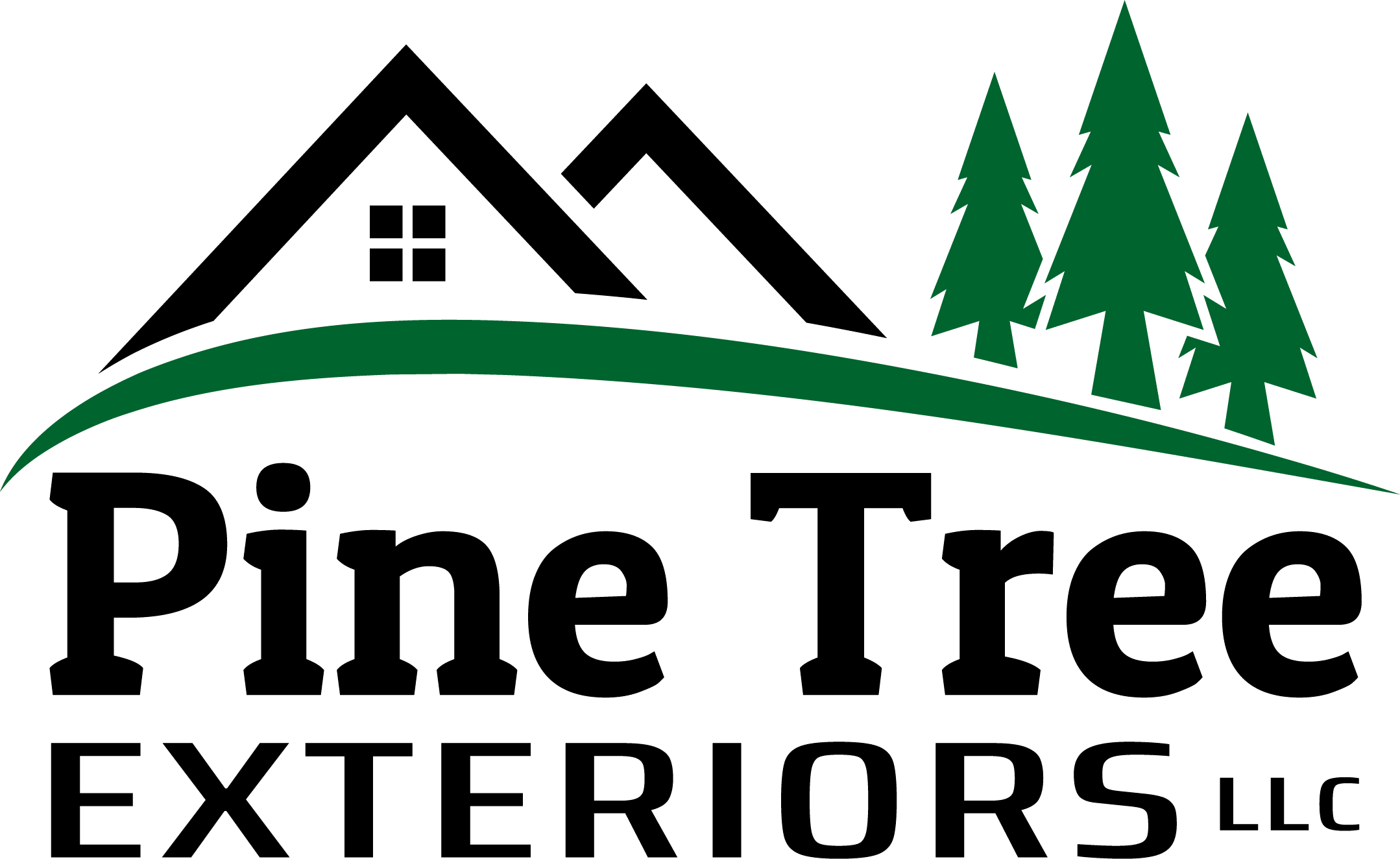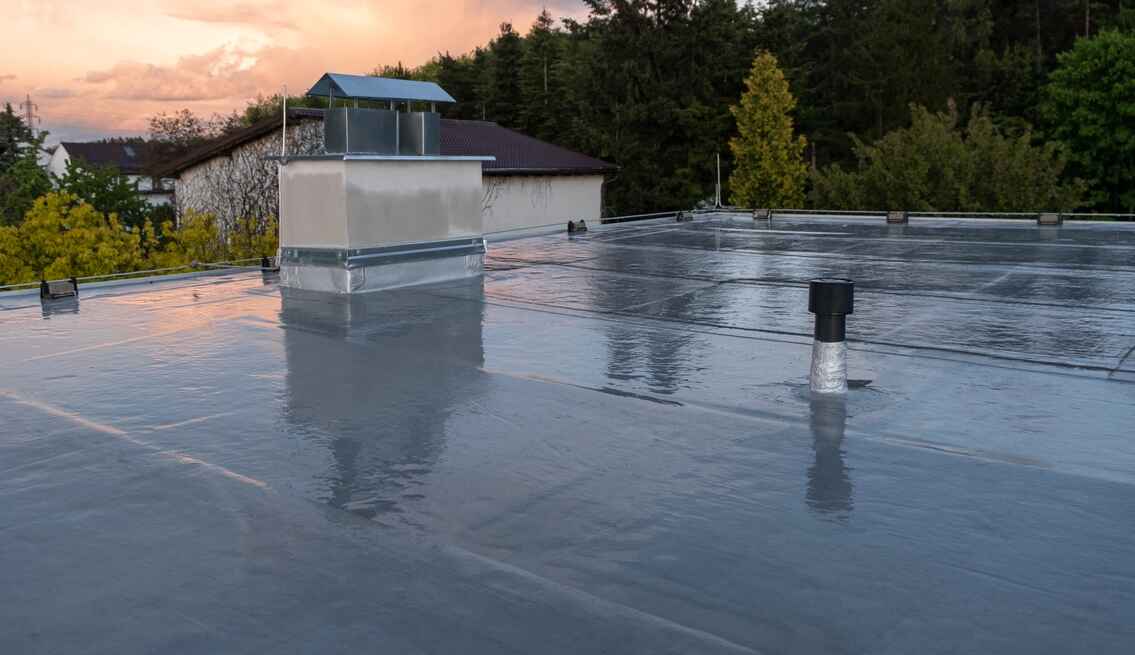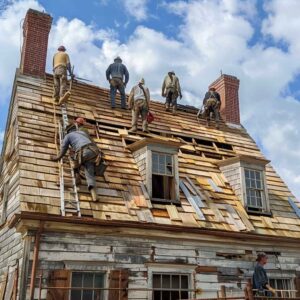If you’ve ever seen a sleek, white roof that seamlessly covers a building without any visible seams or joints, you might have been looking at a membrane roofing system.
But what exactly makes this type of roofing stand out from traditional options? Let’s explore the world of membrane roofing and uncover the secrets behind its popularity.
From its various types to the installation process and benefits it offers, membrane roofing has more to offer than meets the eye.
Definition of Membrane Roofing
When installing a membrane roofing system, a waterproof layer is applied over the roof structure to protect the building from water infiltration. This layer acts as a barrier against rain, snow, and other forms of precipitation, ensuring that your roof remains watertight and secure. Membrane roofing is popular due to its durability and flexibility, making it suitable for various types of buildings, from residential homes to commercial complexes. Consulting with a reputable roofing company can provide you with expert guidance on the selection, installation, and maintenance of membrane roofing systems, ensuring that your investment in a watertight roof pays off for years to come.
One of the critical advantages of membrane roofing is its seamless application, which helps prevent leaks and water damage. The membranes used in this roofing system are designed to be resilient and long-lasting, providing an effective shield against the elements. Additionally, membrane roofing is known for its ease of installation, reducing the time and labor required to complete the roofing project.
Types of Membrane Roofing
Membrane roofing comes in various types, offering distinct advantages and characteristics for different building needs.
The first type is Thermoset Membranes, such as EPDM (ethylene propylene diene terpolymer), which are durable, resistant to UV radiation, and have excellent flexibility in low temperatures.
Another common type is Thermoplastic Membranes like PVC (polyvinyl chloride) and TPO (thermoplastic olefin), known for their high-temperature tolerance and energy efficiency.
Modified Bitumen Membranes are asphalt-based and reinforced with modifiers like styrene-butadiene-styrene (SBS) or atactic polypropylene (APP) to enhance durability and flexibility.
Benefits of Membrane Roofing
To truly appreciate membrane roofing, it’s important to understand its significant advantages in terms of durability and energy efficiency. Membrane roofing provides a durable solution for your building, offering excellent protection against the elements. Unlike traditional roofing materials, it is resistant to tears, impacts, and punctures, ensuring a longer lifespan and fewer maintenance requirements.
Another critical benefit of membrane roofing is its energy efficiency. Many membrane materials’ reflective properties help reduce heat absorption, keeping your building cooler in warm weather. By decreasing the strain on your cooling systems, membrane roofing can lead to lower energy bills and a more environmentally friendly operation.
Installation Process of Membrane Roofing
For a successful membrane roofing installation, ensure proper surface preparation before laying down the membrane material. Clean the roof surface thoroughly to remove any dirt, debris, or old roofing materials. Inspect the roof for any damage and make necessary repairs to ensure a smooth and solid foundation for the membrane. Once the surface is prepped, install a waterproofing underlayment to provide an extra layer of protection against moisture.
Next, the membrane material must be cut to fit the roof’s dimensions accurately. Carefully roll out the membrane and position it correctly, ensuring there are no wrinkles or bubbles. Depending on the type of membrane roofing being installed, secure the membrane in place using adhesive or heat-welding methods. Pay close attention to seams and edges to prevent any potential leaks.
Considerations for Membrane Roofing
Considering the intricate nature of membrane roofing installation, it’s imperative to carefully evaluate factors that can impact the performance and durability of the roofing system. One crucial consideration is the type of membrane material. Different materials like TPO, PVC, EPDM, or modified bitumen offer varying levels of durability, flexibility, and resistance to elements, so selecting the most suitable one for your building’s specific needs is vital.
Another critical factor to ponder is the membrane thickness. Thicker membranes generally provide better protection against punctures and weathering, enhancing the overall longevity of the roof. Additionally, the method of installation is critical. Improper installation can lead to leaks, membrane shrinkage, or premature deterioration, underscoring the importance of hiring experienced professionals for the job.





